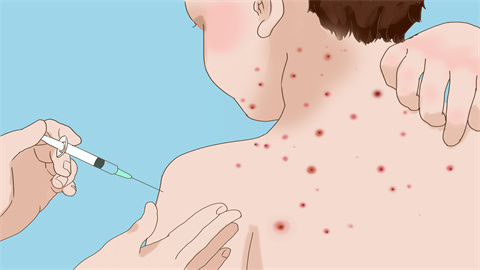How many months does it take for infantile emergency rash to appear?
Infantile急疹, commonly referred to as roseola infantum, typically occurs in children between 6 months and 2 years of age, with a higher incidence among infants aged 6 months to 1 year. The probability of developing the disease decreases significantly after the age of 2. If concerned, it is advisable to seek medical consultation in advance. Detailed analysis is as follows:

The immune system of infants and young children at this stage is not yet fully developed, and they lack sufficient resistance to human herpesvirus types 6 or 7, making them more susceptible to infection and resulting in roseola. Infants under 6 months of age are somewhat protected by antibodies acquired from the mother, so they are less likely to contract the disease. After the age of 2, as the immune system gradually matures and antibody levels increase, infections may result in no obvious symptoms or only mild symptoms.
The typical course of roseola lasts about 7 to 10 days. It begins suddenly with high fever, which persists for 3 to 5 days, followed by the appearance of a rash after the fever subsides. The rash usually fades on its own within 1 to 2 days. Due to individual differences among infants and young children, the duration of illness and severity of symptoms may vary. However, the overall prognosis is good, and there are usually no long-term complications after recovery. Most children develop long-lasting immunity and have a very low chance of reinfection.
If an infant or young child exhibits abnormal symptoms such as persistent high fever or lethargy, prompt medical attention should be sought for accurate diagnosis, to avoid confusion with other fever-related exanthematous diseases. Excessive medication is unnecessary during care; instead, focus should be placed on temperature monitoring and daily care to assist the child's recovery.








